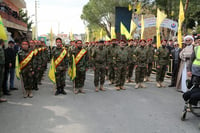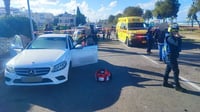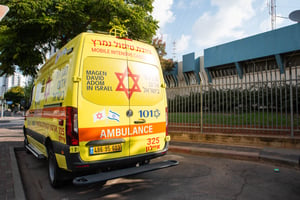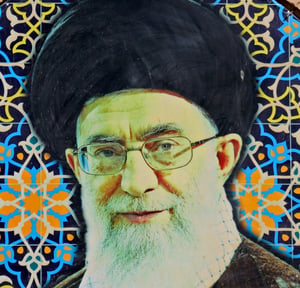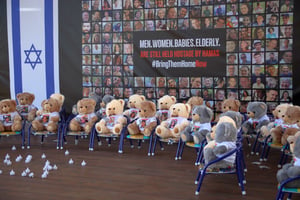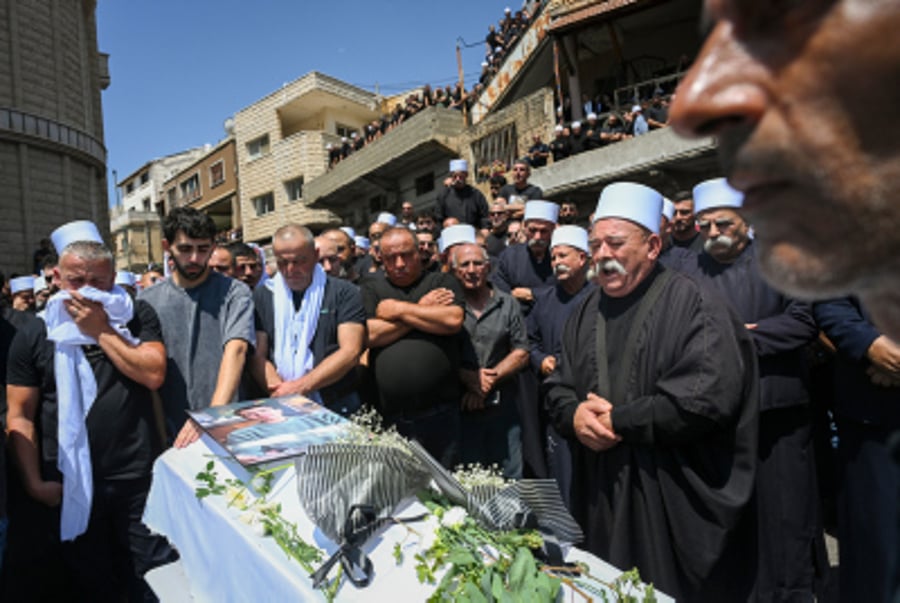
In the wake of a devastating rocket attack that killed 12 children and teenagers in the northern Israeli town of Majdal Shams, serious questions are being raised about the IDF's preparedness and response.
The incident, which occurred at a local football field on Saturday, has sparked an internal IDF investigation and public scrutiny over the military's intelligence capabilities and defensive measures in the region.
"The warning time was too short for them to reach safety," an IDF spokesperson explained, referring to a nearby bomb shelter that many victims were running towards when the attack occurred.
Critics are questioning why the Home Front Command did not impose assembly restrictions in Majdal Shams, despite ongoing tensions with Hezbollah across the Lebanese border. The IDF had neither evacuated the Golan Heights settlements nor imposed any gathering restrictions prior to the attack.
The IDF has identified Ali Muhammad Yahya, a Hezbollah commander, as the individual who ordered the strike. This revelation has led to further questions about why Northern Command intelligence did not issue an early warning to residents.
"Interception is complex due to the rocket's flight and the topography," an air force official explained, citing the short distance from the launch site in the village of Shebaa and the challenging terrain around Mount Hermon.
The attack has also highlighted potential gaps in the region's emergency response capabilities. Local residents reported slow rescue response times, a consequence of recent decisions to reduce medical units in the area due to economic considerations and concerns about force fatigue.
Military analysts point out that the Iranian-made Falaq-1 missile used in the attack, while not highly sophisticated, proved devastatingly effective.
This incident has brought renewed focus to the ongoing conflict between Israel and Hezbollah, which some experts characterize as a daily "response economy" where each side reacts to the other's actions.
The attack on Majdal Shams came on the same day Hezbollah launched a UAV at Israel's strategic Karish gas rig and fired over fifty missiles into Israeli territory, underscoring the group's continued capability to threaten Israeli civilians and infrastructure.
As of Sunday afternoon, Israel's military response has been relatively limited. The IDF and Northern Command have yet to announce any significant change in strategy, leading some to question whether there is sufficient political backing for a more robust military action.
Will this tragic incident lead to a wider conflict or prompt a reassessment of the ongoing hostilities between Israel and Hezbollah?
* JPost contributed to this article.


